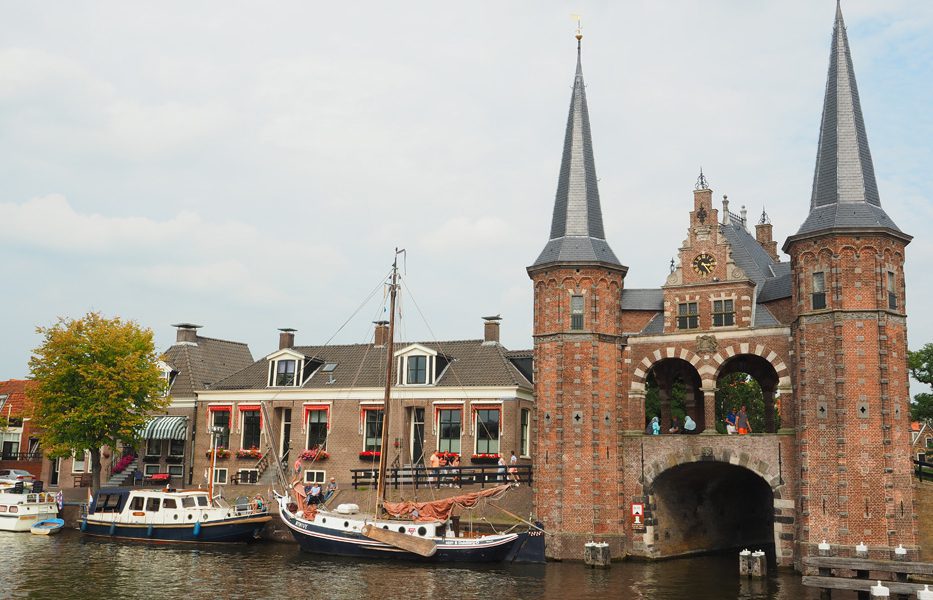City no. 2: Sneek – Small Amsterdam
Just like Amsterdam, Sneek is both transected and surrounded by canals. Indeed Sneek has many similarities with the capital of the Netherlands, although of course this comparison flounders because Sneek is many times smaller, plus it is fortunately free of the problems of urban crime and tensions.
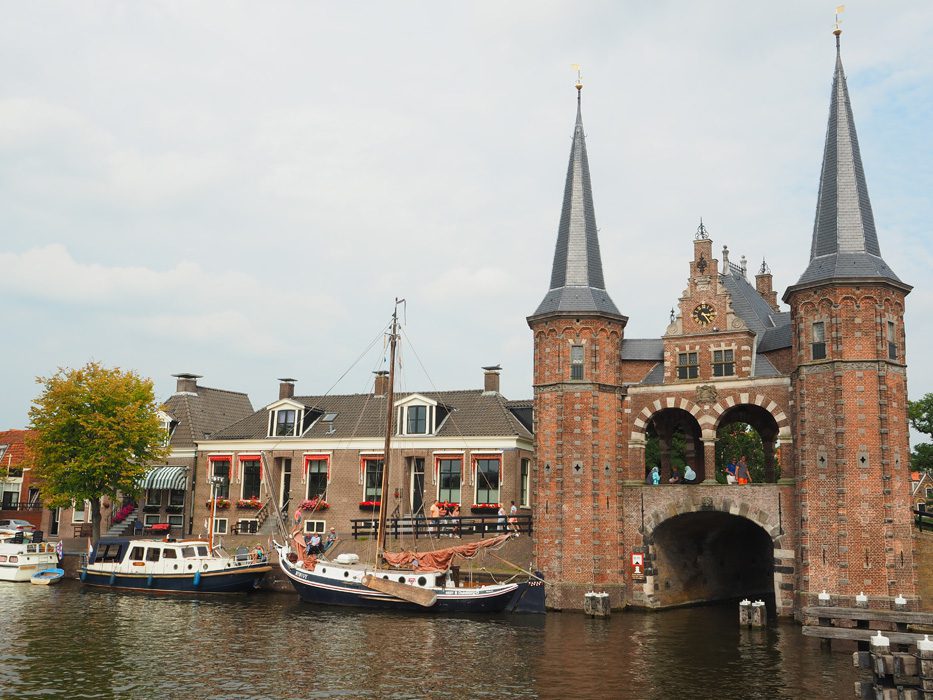
Watergate Sneek
In Sneek, residents and tourists harmoniously enjoy the atmosphere of a historic provincial town that has unique speciality shops, cafés and restaurants. Things that you don’t even find in Amsterdam.
Actually Sneek is the tourist capital of Friesland as well as one of the most important shopping and night life centres of the province. Over 100,000 Frisians do their weekly shopping there. Nearly every tourist that visits Friesland makes his way there by boat, on a bicycle or by car. Sneek is in the centre of Friesland, in the heart of the Frisian Lake District, on the Eleven Cities ice skating route, at a junction of waterways and highways as well as bus and train lines.
History
Sneek originated in the eleventh century. It was formed from two terps lying close to each other. The city is situated on the border of a clay and peat area.
The very first buildings appeared on the terp where the large Martin Church now stands. The Martin Church was built on the western terp and dates from the period round 1500.
The fortress Sneek
At the beginning of the sixteenth century, Sneek was provided with fortifications, which made it the best defended city of Friesland.
In the second half of the seventeenth century and in the eighteenth century, Sneek was a flourishing and fast-growing city. Unfortunately, much was lost at that time. In the eighteenth century, for example, the city walls and bulwarks were demolished.Sneek is known for its watergates. Once there were five. The remaining watergate, which dates from 1613, is the symbol of Sneek. This Watergate can therefore be found as a pictorial mark on many Sneek products. The watergate logo of the water sport clothing brand Gaastra is very well known.
Town Hall
Sneek’s Town Hall is a special attraction. It dates originally from 1550, but in subsequent years the Town Hall was expanded. It was rebuilt many times as well afterwards. In 1760, it acquired its luxuriant rococo forms. Ultimately, the Town Hall was given the attractive external appearance which can still be viewed today.
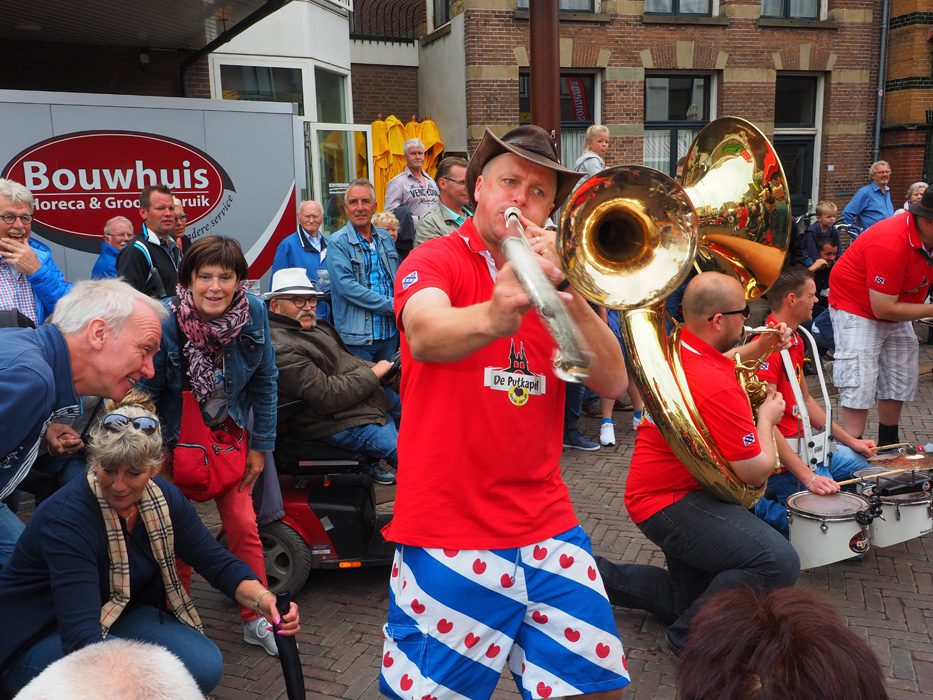
Street orchestra De Putkapel – Sneek
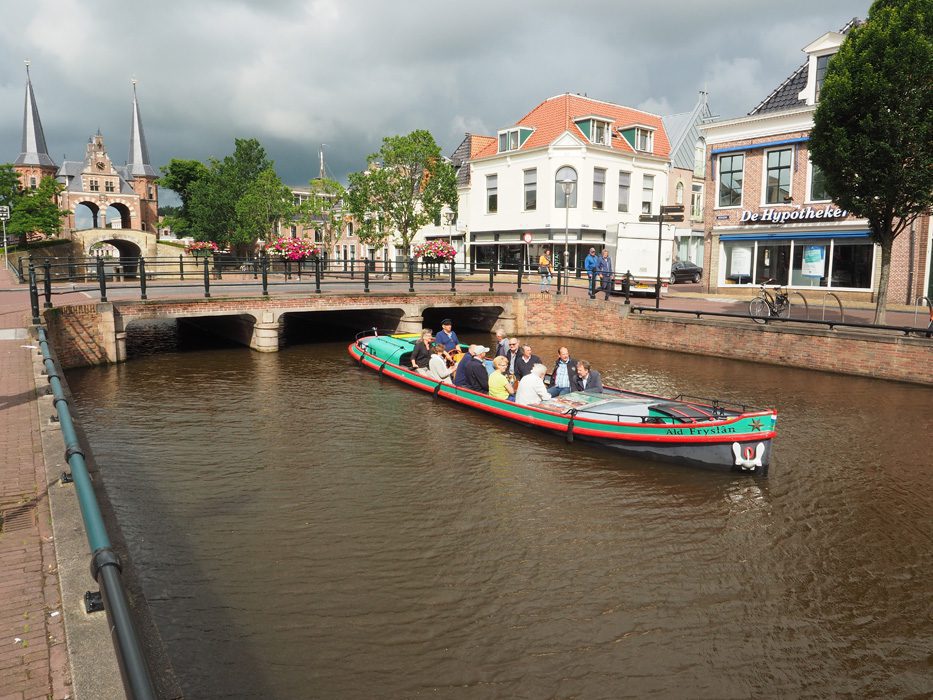
City canal cruise – Sneek
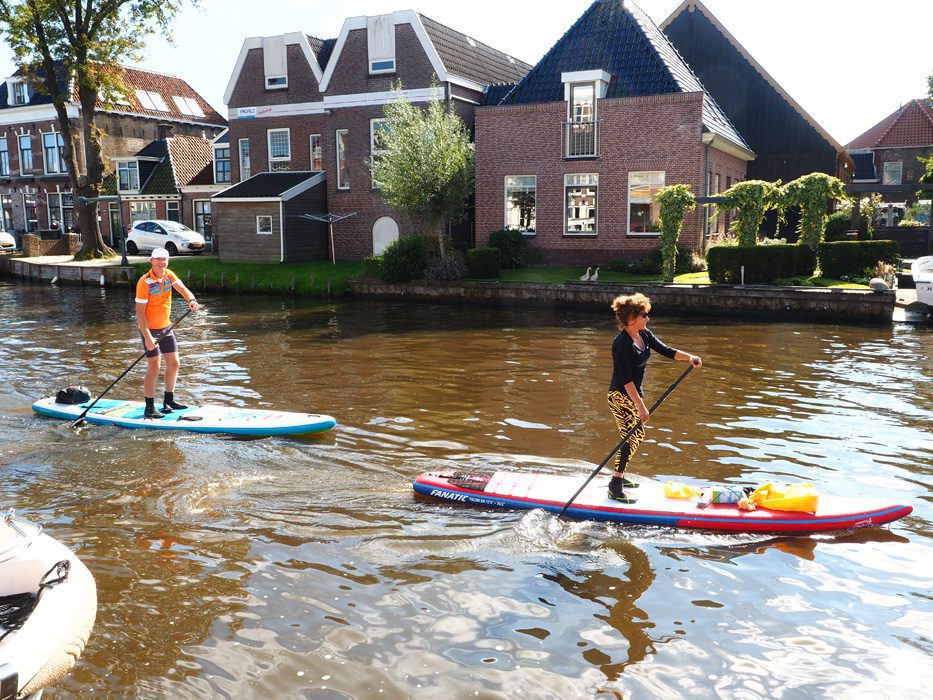
Stand op paddling (SUP) – Sneek city
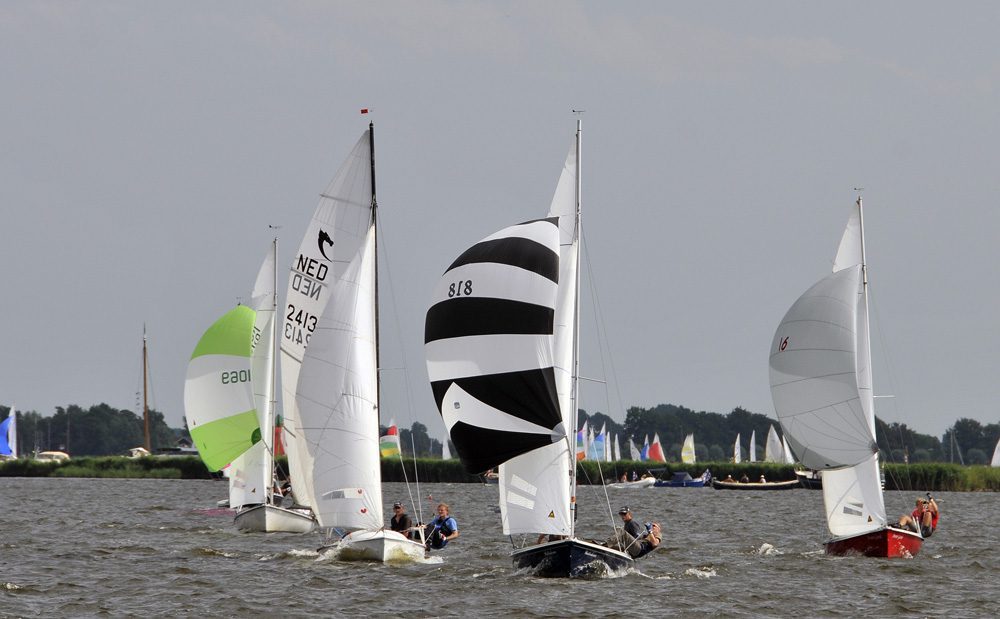
Sneekweek, Europe’s largest inshore sailing regatta
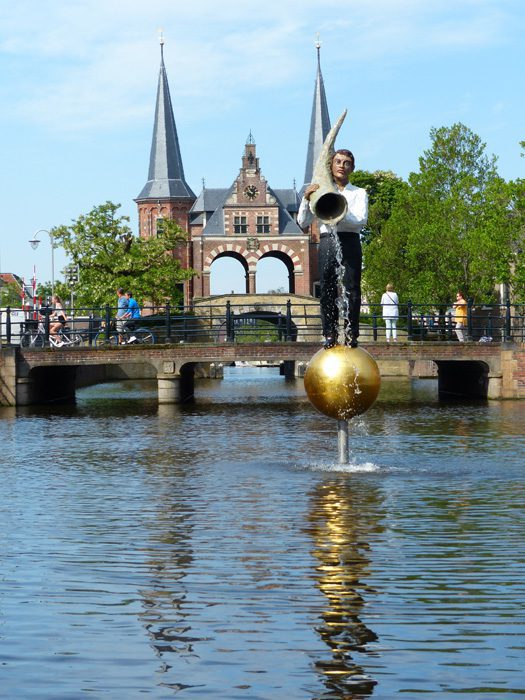
The fountain of Fortuna – Sneek
